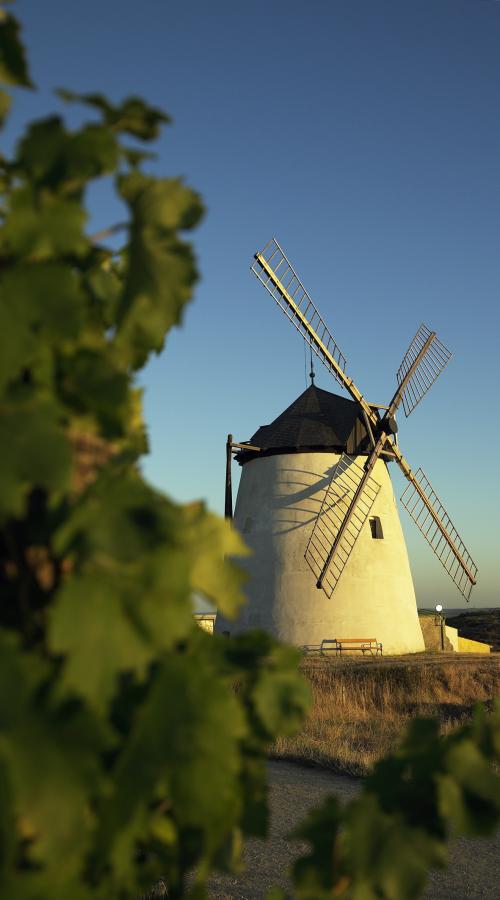Just had an eager press release – text is below, more (in German) on the website here – about how the Austrians have brought in a new category of wine, Weinviertel DAC Reserve. The announcement that a region that hardly anyone has heard of now has both normal and reserve levels of DAC (equivalent to France’s AOC) is obviously ‘a big deal’ for those in Vienna, but I wonder just how relevant it is to those outside the country.
Since the so-called anti-freeze shenanigans of the 1980s, Austria has been almost OCD in its concern that nothing shall tarnish the image of its wines. The result has been a surge in quality, and a growing band of enthusiasts around the world. If the idea of DAC is to impress outsiders, we’re actually sufficiently impressed already without any more regulations.
I for one won’t be rushing to recommend my readers to seek out the term DAC on wine bottles. In a recent issue of Decanter, Giles MacDonogh compared Grüner Veltliner’s performance in Austria with that of Pinot Noir in Burgundy. At the heart of the piece were two assertions: firstly that Grüner Veltliner has an innate ability to transmit the characteristics of the various Austrian terroirs. But secondly, as he said in conclusion, ‘…soil alone is not enough: the best wines still come from the best winemakers.’
In other words, the most important thing to remember for those in search of the top wines of Austria is not a list of DACs, but the names of the finest producers.
Anyway, the press release…
With the Weinviertel DAC Reserve, the Weinviertel joins the rest of Austria’s two-tiered DACs.
In 2003, the Weinviertel became the first Austrian wine-growing area to market typical wines of origin under the specific name of the region. This gave the Weinviertel DAC its pioneering role for wines with a clear identity and a typical taste profile. So far, six other regions – Mittelburgenland, Traisental, Kremstal, Kamptal, Leithaberg and Eisenberg – have joined this appellation system as well. And now with the 2009 vintage, the available two-tiered DAC system, which includes the Reserve level, has been introduced also in the Weinviertel. With this, the taste profile should reflect even more typicity. And the number of wines that come on the market under the Weinviertel designation should increase.
Weinviertel DAC Reserve – additional taste profiling
Since the introduction of the Weinviertel DAC with the 2002 vintage, six other regions joined the DAC appellation system (Mittelburgenland, Traisental, Kremstal, Kamptal, Leithaberg and Eisenberg). And when those six regions joined, they included and brought to the market the Reserve category as well (except the Leithaberg, which carries the Reserve category only). A Reserve wine is the top wine: it is the winery’s highest quality; its centerpiece. That is why the criteria for a region-typical top wine are strictly applied – the high quality of the wines is guaranteed.
After several years of discussions, the Regional Wine Committee Weinviertel decided at the beginning of last September to introduce a Weinviertel DAC Reserve with the 2009 vintage. “With this, the Weinviertel wants to provide the top wines of the region with the successful Weinviertel designation of origin, giving them even higher importance and value,” explains Roman Pfaffl, head of the Wine Committee Weinviertel. “These wines symbolize the power and strength of the Weinviertel.”
The concept was presented to the National Committee for assessment and, after being affirmed, was delivered to Austria’s Federal Ministry of Agriculture, Forestry, Environment and Water Management, where it was signed into law by Federal Minister Niki Berlakovich in February.
Criteria for the Weinviertel DAC Reserve
As with the Weinviertel DAC wine, the Weinviertel DAC Reserve – level wine must demonstrate a clear, region-typical taste profile – it must be a peppery Grüner Veltliner from the Weinviertel. But it also must have other distinguishing features: dry; a dense structure; a long finish and a robust style. Subtle Botrytis and wood tones are acceptable.
The minimum alcohol content – at least 13 % vol. – must be printed on the label. Filing for a government approval number can be done no earlier than March 15th of the year following the harvest.
The purchasing of additional grapes for the production of Weinviertel DAC Reserve wines is permitted only within the region. “Trauben für Weinviertel DAC Reserve“ (grapes for Weinviertel DAC Reserve) must be stated on the invoice, and the natural must weight in KMW (Klosterneuburger Mostwaage) must be declared as well.
Regarding the application for a government approval number four out of six tasters must agree that the wine, from a sensory perspective, can be marketed under the name Weinviertel DAC Reserve.
Before the first-time application for a government approval number, written notification must be given to the Regional Wine Committee Weinviertel.
Bottling is to take place in the production enterprise (winery) and in the Weinviertel. If bottling is to take place outside of the region, then it must be approved first by the Regional Wine Committee.
Wine with the Weinviertel DAC Reserve designation can be sold only when the bottle features a specific capsule. This is a uniform capsule for the Weinviertel DAC and Weinviertel DAC Reserve wines, and can be obtained only with the approval of the Wine Committee Weinviertel. Moreover, a per-capsule fee must be paid to, and utilised by, the Wine Committee Weinviertel.
Beginning with the 2012 vintage, each winery producing a Weinviertel DAC Reserve must be certified according to a regional quality management system developed by the Weinviertel Regional Wine Committee and implemented and monitored by an external auditor.
